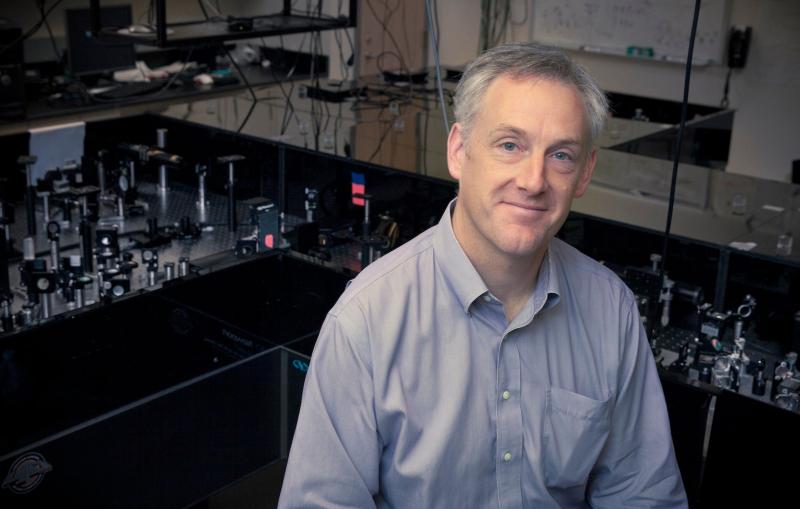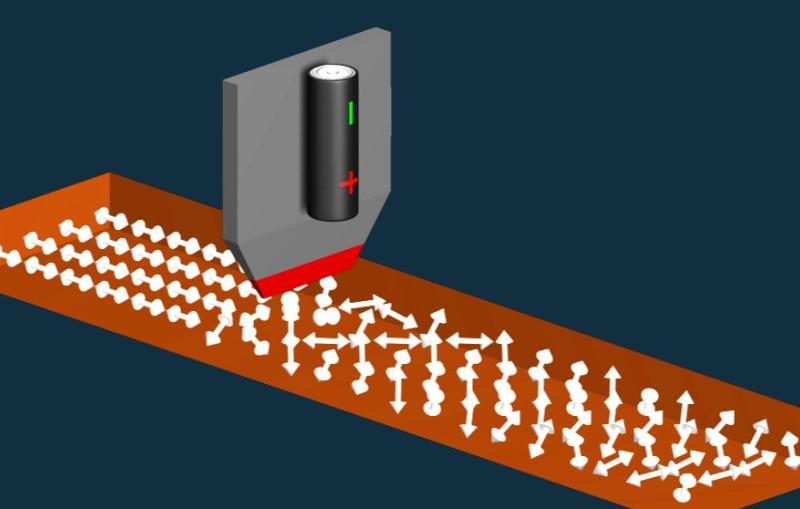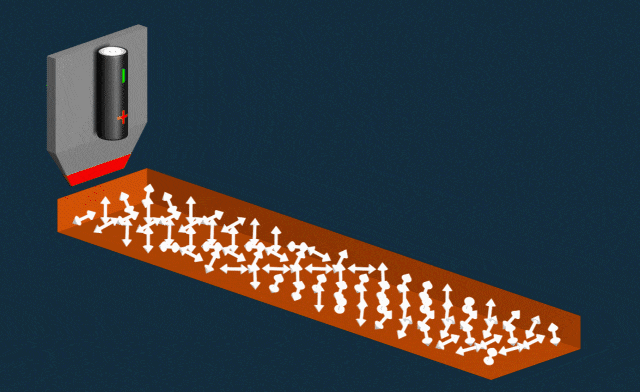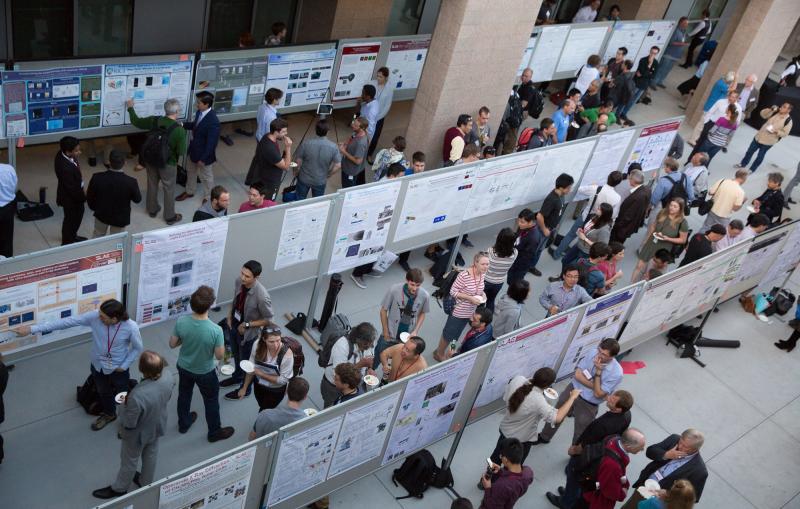

Animation
The electric field aligns the spins of the electrons in the nonmagnetic material, and the ordering creates magnetic properties.



SSRL is a pioneering synchrotron radiation facility known for outstanding science, technological innovation and user support. It provides extremely bright X-rays that scientists use for a wide range of research that probes matter on the scales of atoms and molecules.


The electric field aligns the spins of the electrons in the nonmagnetic material, and the ordering creates magnetic properties.


